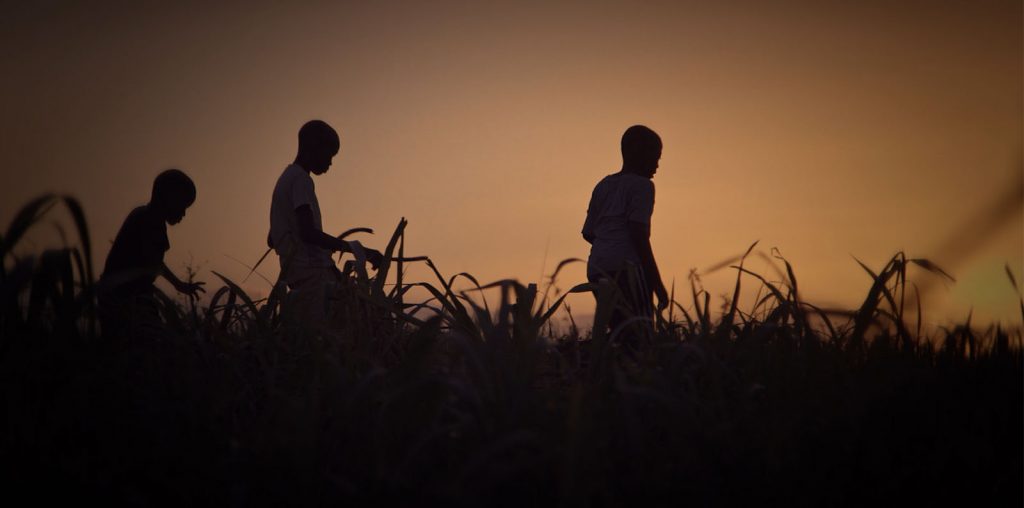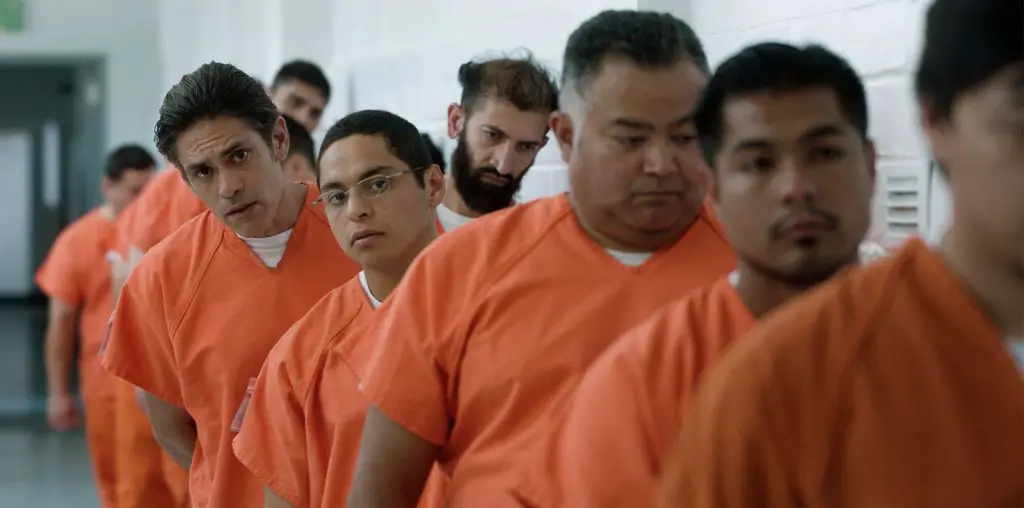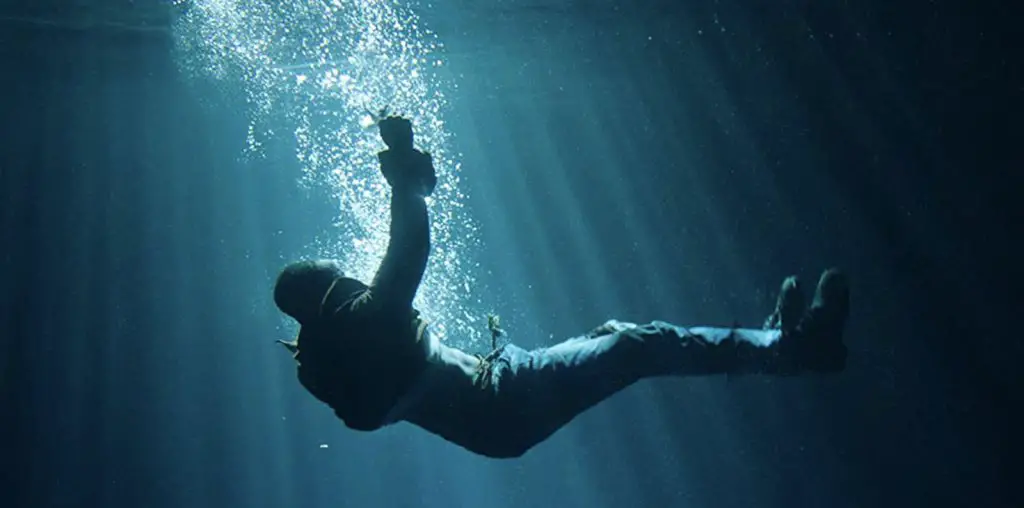
Bring up the issue of immigration, and many images come to mind: walls, detention centers, cages, etc. But the real issue surrounds the thousands of innocent victims who have no choice except to flee their once beloved homeland, which is being ravaged by war. Marcela Arteaga’s documentary, The Guardian of Memory (El Guardián de la Memoria), is the oral history of the deadly conflict, started in 2008, between the Mexican government and the drug cartels.
The film starts with a businessman, who in karmic fashion, starts his day walking around his home and feeding the birds. He goes on about the power he has in the morning as he could easily feed all the birds by evenly spreading the crumbs of bread on the ground. But if he’s feeling a little dark, he could make a pile of crumbs, and only the large bird will eat as it defends its stash of food from the smaller birds. The metaphor is not lost.
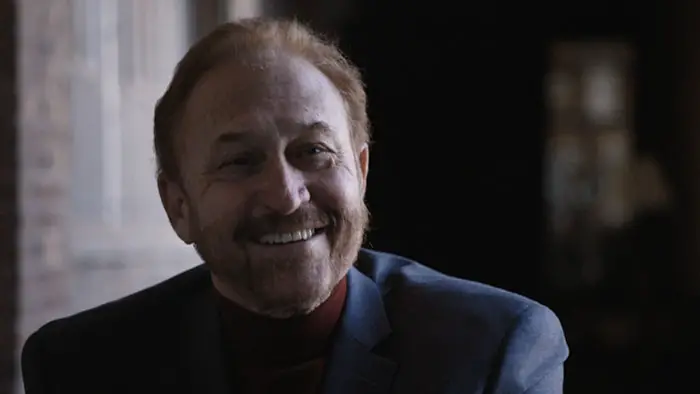
“…the cartels invaded, and in Godfather-style violence, the townsfolk began to ‘disappear’ and organized crime was now in charge.”
In the early 2000s, the people of Juárez Valley lived a comfortable, peaceful life. The hamlet of Guadalupe sat across from the Texas border town of Fabens. Since it was one of the few land ports to the U.S., the small city experienced substantial economic growth. Then it all changed for the worse. Seizing upon this potential “goldmine,” the drug cartels invaded, and in Godfather-style violence, the townsfolk began to “disappear,” and organized crime was now in charge.
The cartels alone were terrible, but the enormous injustice came from the Mexican authorities. They were paid to protect, but instead just sat back and let it happen—the documentary questions whether or not they were involved and aiding the cartels. As the local police force was systematically murdered, no one knew who to turn to for justice. Over many years, the population of Guadalupe was massacred from 25,000 to 1,000.
Because of the intense violence, no footage of this atrocity was captured on film or video in any way. Director Arteaga tells this dark tale through the oral history of the survivors, in other words, through talking-head interviews. All with the intent to document an event before it vanishes from the town’s conscious memory.
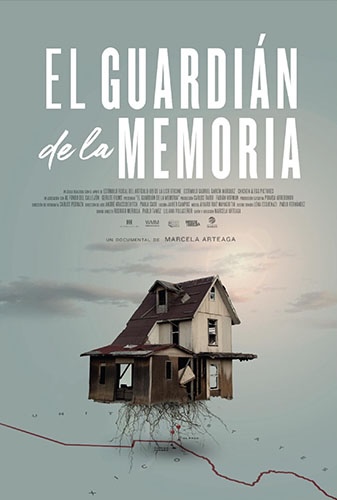
"…a town of survivors, who witnessed the murder of their friends and family and the ensuing national cover-up."
